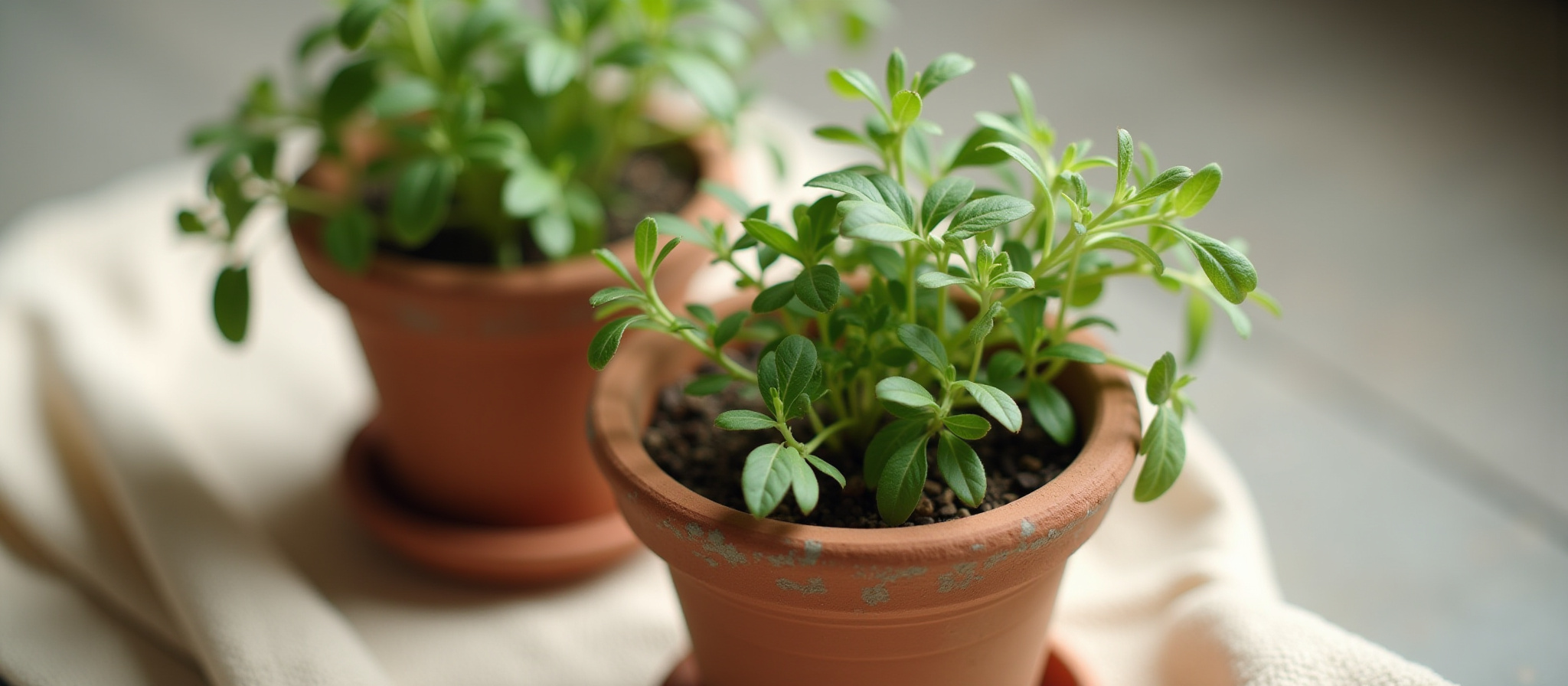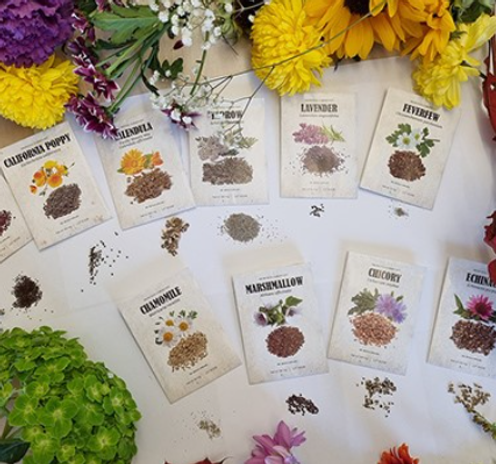Join me on a journey to discover the wonders of medicinal herbs and personal stories rooted in nature. Together, let's explore the power of plants.
I couldn’t sleep, couldn’t focus, couldn’t breathe… so I made a cup of something ancient.
There’s no newsletter, no login, no strings attached. Just bookmark this page. It’s a free resource you can dip into whenever you need a reset or some fresh ideas.

I didn’t grow up herbal. No jars of dried petals. No garden magic from grandma. I was always online and overcaffeinated. Running on cortisol. Burning out quietly.
I didn’t plan to change. But my body started whispering something’s off, too tired to think, too wired to sleep. Doctors handed me guesses. The internet handed me noise.
So I did what any control freak does when nothing makes sense: I researched. Not blogs. Not influencers. I delved deep into old books, obscure studies, and forgotten knowledge.
And I noticed something. Across cultures, continents, and centuries, the same plants continued to appear.
Chamomile for calm. Calendula for wounds. Peppermint for the gut. Echinacea, holy basil — not hype. Just time-tested support, hiding in plain sight.
So I tried. I wasn’t trying to change my life. I was just trying to feel something real again.
One night, I stood in my kitchen, tired but wired, scrolling past noise. And I paused on a picture of a plant. It wasn’t special. Just green. Still. Alive.
That stuck with me. Because everything else felt… synthetic.
So I tried something small. Boiled water. Dropped in a leaf. Sat with it.
No plan. No rules. Just one tiny, deliberate act that didn’t ask anything from me. It felt like taking the wheel back, even for a second.
And weirdly? It helped.
Not in a “life changed overnight” kind of way. But in a “I can breathe again” kind of way. A shift.
Something inside me softened like it had been waiting for this.
Now? There’s still chaos. But I’ve made space for something older, quieter, and true. A window garden. A ritual. A pause.
And for once, it feels like I’m actually choosing how I feel and not reacting to it. Now I have dedicated my time to finding all sorts of helpful herbs.
Herb Spotlights
This content is for informational purposes only and is not medical advice. Always consult a qualified healthcare professional before using any herbs.
Yarrow
Why it's here
Yarrow has been used across cultures for centuries to clear energy, protect the aura, and enhance intuition. Practitioners burn its dried flowers or brew it as a tea before meditation
Quick Ritual Idea
• Brew a small cup of yarrow tea, sit quietly and breathe deeply for 5 minutes.
• Gently rub a few crushed petals between your palms, cup them around your face, and inhale.
• Set an intention: “May this clarity guide me today."
Lavender
Why it's here
Lavender is famed for its ability to calm the nervous system, ease tension headaches, and invite restful sleep. Its scent engages the limbic system, our brain’s emotional center.
Quick Ritual Idea
• Snip 2–3 fresh lavender sprigs and crush the flowers between your palms.
• Cup your hands over your nose and inhale slowly for 5 breaths.
• Place the sprigs under your pillow or beside your bed.
Calenduna
Why it's here
Calendula’s bright petals are rich in anti‑inflammatory compounds. Folk healers used it for skin ailments and emotional wounds alike, symbolizing resilience and renewal.
Quick Ritual Idea
• Infuse a handful of petals in olive oil for 24 hours.
• Rub the oil gently on a small scrape or dry patch, visualizing old hurts healing.

